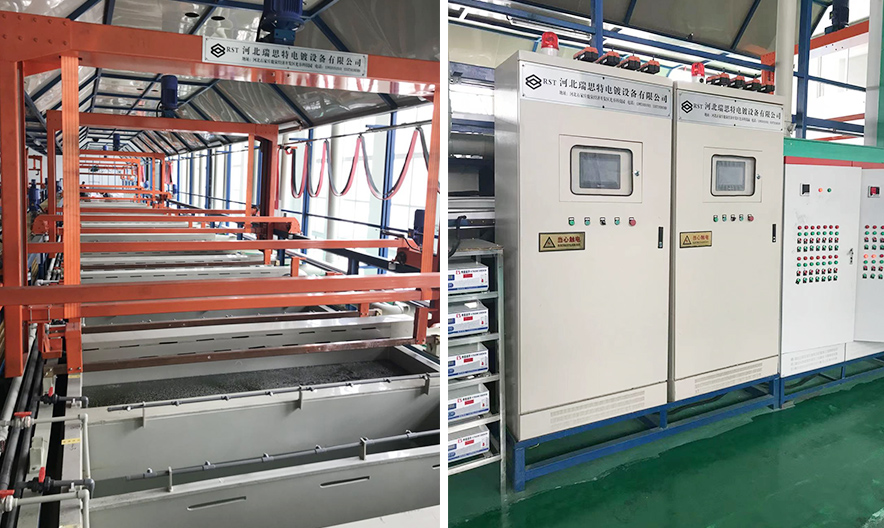Mar. 18, 2025
Zinc plating is a widely used process in industries such as automotive, aerospace, and manufacturing to protect metal surfaces from corrosion. A Zinc Plating Machine plays a crucial role in enhancing coating efficiency and quality, ensuring a uniform and durable finish. But how exactly does it improve the plating process? Let's explore the key benefits and functions of a zinc plating machine.
Manual zinc plating can lead to uneven coatings and inconsistencies. A Zinc Plating Machine automates the entire process, ensuring that every component receives an even layer of zinc. This automation minimizes human errors, reduces material waste, and improves overall production efficiency.
Modern zinc plating machines use advanced electroplating techniques to achieve superior adhesion and coverage. By precisely controlling current density, plating time, and bath composition, these machines enhance coating quality and reduce defects such as blistering or peeling.
Efficiency is crucial in high-volume production environments. A well-designed zinc plating machine operates at high speeds, reducing processing time while maintaining quality standards. This allows manufacturers to meet tight deadlines without compromising on durability or corrosion resistance.
One of the biggest challenges in manual plating is achieving uniform zinc thickness across all surfaces. A zinc plating machine ensures even metal deposition by utilizing controlled agitation and optimized bath chemistry. This leads to a consistent, high-quality finish that improves product lifespan.
Proper surface adhesion is essential for long-lasting corrosion protection. Zinc plating machines incorporate pre-treatment processes such as degreasing, pickling, and activation to ensure a clean metal surface before plating. This enhances adhesion and prevents premature coating failure.

Advanced zinc plating machines are designed to minimize environmental impact. They incorporate efficient filtration and waste management systems to reduce chemical consumption and hazardous waste production. This makes them a sustainable choice for manufacturers looking to comply with environmental regulations.
Before investing in a zinc plating machine, evaluate your production volume and coating specifications. High-capacity machines are ideal for large-scale manufacturing, while compact models suit small to medium businesses.
Modern zinc plating machines come with programmable controls, real-time monitoring, and automated adjustments. These features enhance efficiency, reduce labor costs, and improve plating accuracy.
Different industries have specific coating requirements. Choosing a machine that meets ISO and ASTM standards ensures high-quality, reliable plating suitable for various applications.
A Zinc Plating Machine significantly improves both coating efficiency and quality by automating the process, optimizing electroplating techniques, and ensuring uniform deposition. It enhances adhesion, speeds up production, and offers eco-friendly solutions, making it a valuable investment for manufacturers.
Are you considering upgrading your zinc plating process? What challenges have you faced with manual plating? Share your thoughts and questions in the comments below!
10
0
0
All Comments (0)
Previous: Key Considerations When Purchasing Spline Shaft Yokes
Next: Unlocking Value: How Choosing the Right Weld Yoke Wholesaler Solves Your Supply Chain Woes
If you are interested in sending in a Guest Blogger Submission,welcome to write for us!
Comments